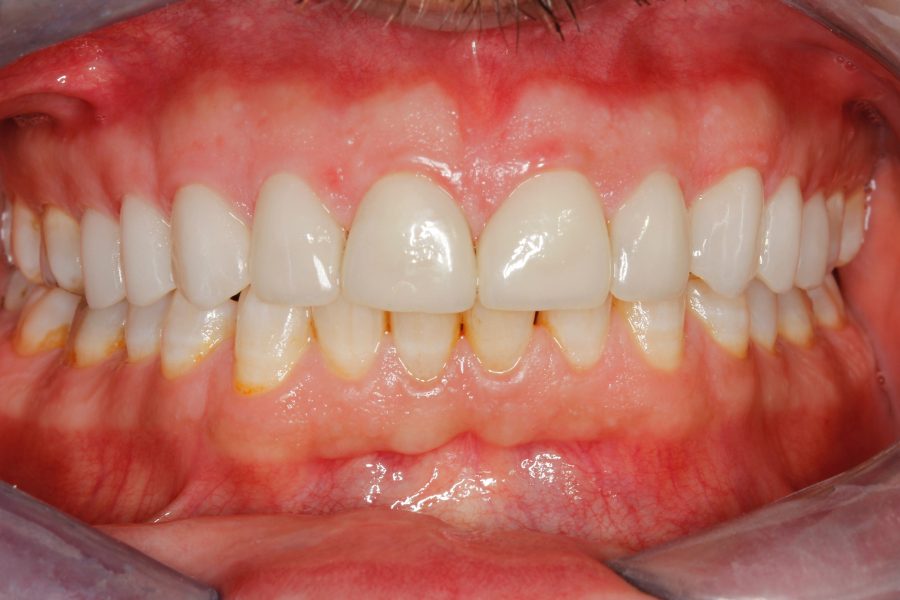COSMETIC DENTISTRY
Porcelain veneers are very thin porcelain restorations, which are directly bonded on the buccal (frontal) surfaces of the anterior teeth. Porcelain veneers offer the capability of changing teeths’ color and/or shape in order to maximize smile esthetics. Typically 3 sessions are needed in order to complete the rehabilitation. During the first season the teeth are prepared by slightly reducing the thickness of their frontal surface by 0.3-0.5mm. Following that, an impression material is used to make a dental cast. Following the dentist’s instructions with regards to color, contour and shape the dental lab fabricates the porcelain veneers.
During the second appointment the veneers are placed on the patient’s teeth. At that time a thorough examination takes place with respect to their precision, color blending, shape, texture and contour. Any modifications needed are being made on the spot and/or by the lab. The third and final appointment involves their final bonding on the teeth.
Porcelain veneers demand minimum to almost no tooth preparation at all (single surface tooth reduction of 0.3-0.5mm) rendering them minimally invasive procedures of excellent esthetic results (tooth displays an unparalleled natural appearance). Despite their thinness, they exhibit exceptional mechanical properties and long standing results.


